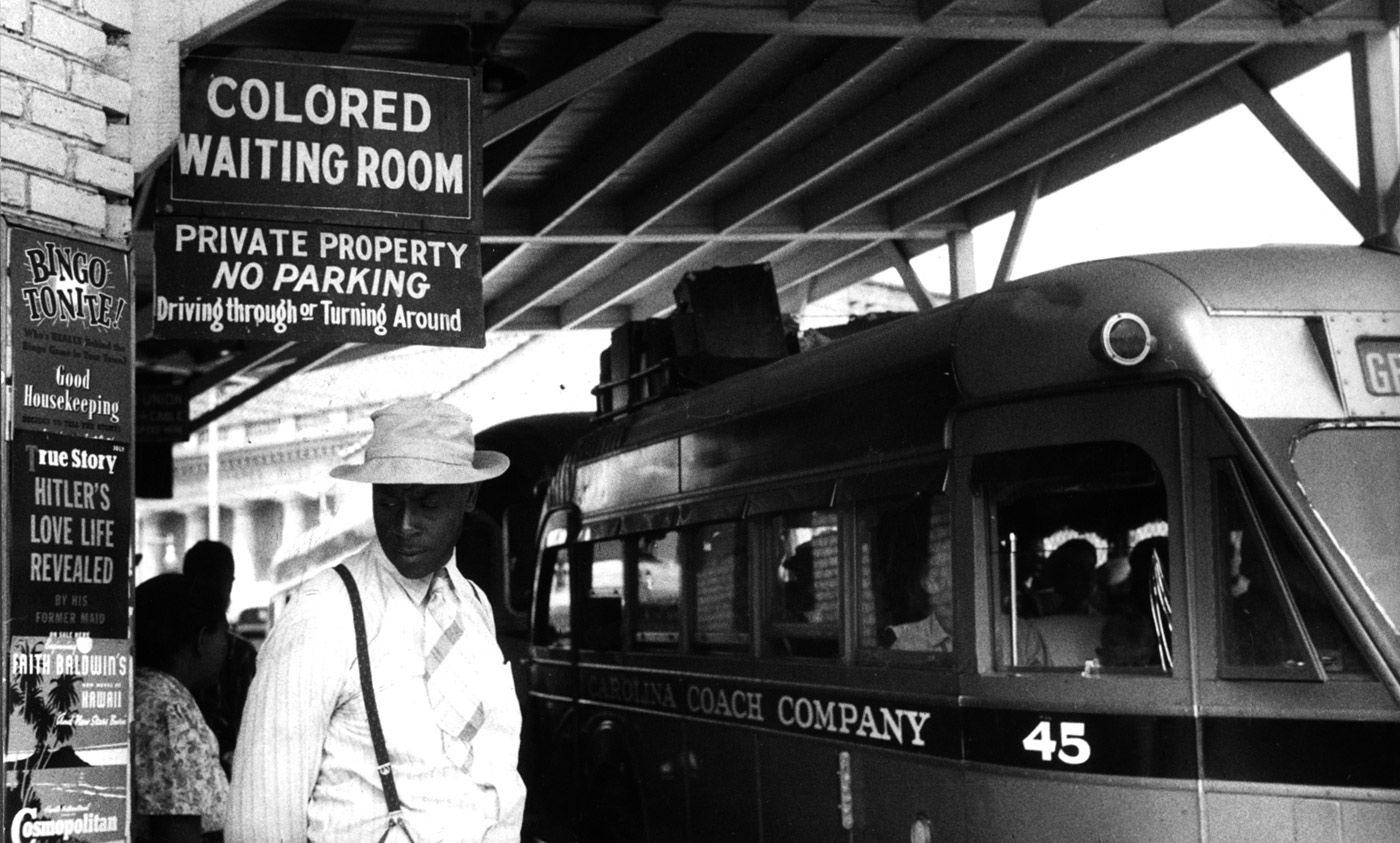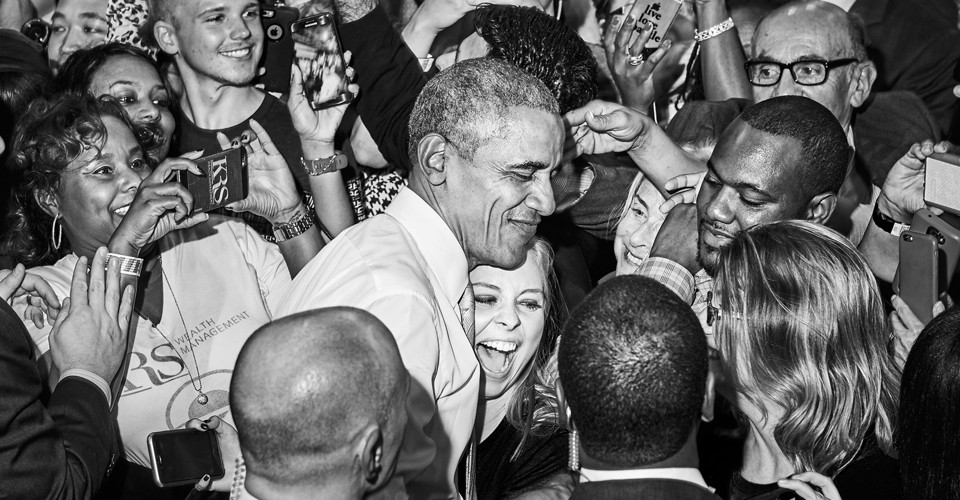Why the Nazis studied American race laws for inspirationPosted in Articles, Europe, History, Law, Media Archive, United States on 2016-12-14 21:38Z by Steven |
Why the Nazis studied American race laws for inspiration
Aeon
2016-12-13
James Q. Whitman, Ford Foundation Professor of Comparative and Foreign Law
Yale Law School
Edited by Marina Benjamin
 ‘At the bus station in Durham, North Carolina.’ May 1940. Photo by Jack Delano/FSA/Library of Congress. |
James Q Whitman is the Ford Foundation professor of comparative and foreign law at Yale Law School. His subjects are comparative law, criminal law, and legal history. His latest book is Hitler’s American Model (2017).
On 5 June 1934, about a year and half after Adolf Hitler became Chancellor of the Reich, the leading lawyers of Nazi Germany gathered at a meeting to plan what would become the Nuremberg Laws, the centrepiece anti-Jewish legislation of the Nazi race regime. The meeting was an important one, and a stenographer was present to take down a verbatim transcript, to be preserved by the ever-diligent Nazi bureaucracy as a record of a crucial moment in the creation of the new race regime.
That transcript reveals a startling fact: the meeting involved lengthy discussions of the law of the United States of America. At its very opening, the Minister of Justice presented a memorandum on US race law and, as the meeting progressed, the participants turned to the US example repeatedly. They debated whether they should bring Jim Crow segregation to the Third Reich. They engaged in detailed discussion of the statutes from the 30 US states that criminalised racially mixed marriages. They reviewed how the various US states determined who counted as a ‘Negro’ or a ‘Mongol’, and weighed whether they should adopt US techniques in their own approach to determining who counted as a Jew. Throughout the meeting the most ardent supporters of the US model were the most radical Nazis in the room…
Read the entire article here.




